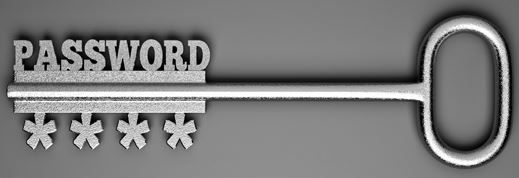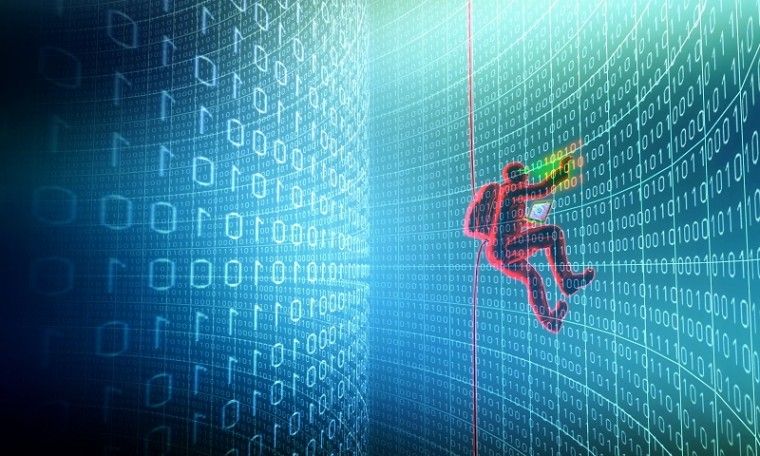Page 11737
Jul 7, 2015
Hidden supermassive black holes revealed
Posted by Sean Brazell in categories: cosmology, futurism, space
An artist’s illustration of a signs of a supermassive black hole actively feasting on its surroundings. The central black hole is hidden from direct view by a thick layer of encircling gas and dust. (credit: NASA/ESA)
Jul 7, 2015
Switzerland Begins Trials of Expensive Postal Drones
Posted by Bryan Gatton in category: drones
Jul 7, 2015
Passfaces: Strong authentication for the masses
Posted by Philip Raymond in categories: big data, business, computing, encryption, finance, information science, internet
Last year, Google began experimenting with hardware-based schemes for user-authentication, while Apple added two factor authentication to iCloud and Apple ID users. They began sending a verification code to users via a mobile number registered in advance.
Security pundits know that two factor authentication is more secure than simple passwords. As a refresher, “Factors” are typically described like this:
- Something that you know (a password — or even better, a formula)
- Something that you have (Secure ID token or code sent to cell phone)
- Something that you are (a biometric: fingerprint, voice, face, etc.)
The Google project may be just another method of factor #2. In fact, because it is small (easily misplaced or stolen), it simplifies but does not improve on security. I suggest a radical and reliable method of authentication. It’s not new and it’s not my idea…

Continue reading “Passfaces: Strong authentication for the masses” »
Jul 7, 2015
Toss Your Credit Cards and Other Security Musings – By: Sherri Hammons – CIO, IQ Navigator
Posted by Seb in categories: privacy, security

“Let’s post our credit card numbers and even those pesky CSV codes on the back. (Better yet, let’s just do away with credit cards altogether because, at the end of that day, it’s just a bank taking on the risk that you’ll pay back a loan.) Let’s post our social security numbers and our driver’s licenses. Let’s post everything. Overnight, the incentives to steal your data are wiped off the face of the earth. The dark databases are worth zero.”
Last year, my personal credit cards and banks were breached five times. Last week, another personal breach. Each time, I was informed by email and snail mail, a new credit card or bank account was issued, and I bought more monitoring for my credit or, in the case of one of the breaches, the company that was breached bought additional monitoring. About the fourth time, I started wondering why our industry doesn’t do something else. The traditional IT security model is dead, but we just keep propping up the body. Hope has become our strategy in the cyber security war. Read more
Jul 7, 2015
Japan’s population is so old that elderly workers are getting robot exoskeletons so they never have to retire
Posted by Bryan Gatton in categories: cyborgs, robotics/AI
Jul 7, 2015
Dazzling Interactive Video Shows What Humans Can’t See From Earth
Posted by Sean Brazell in category: space
If you think asteroids are rare, it’s only because they’re so small and dark and hard to see. An eye-opening new video (above) shows what the night sky would look like if we could see the near-Earth asteroids astronomers have discovered — it’s quite a swarm.
We have no choice BUT to become an interstellar species if we want to survive, even into the near future.
Jul 7, 2015
The 4D Future of Stuff — By Megan Molteni Popular Science
Posted by Seb in category: 4D printing

Ours is a world of static objects, cut, cast, or forged for specific tasks. But let’s say you opened an Ikea box, and the desk inside assembled itself. Or your water pipes shrank as the pressure decreased: no more weak showers, less wasted water. This is the 4D-printed future, and labs are already striving to make it a reality.
The tech builds on 3-D printing—with the added fourth dimension of time, across which objects transform. Skylar Tibbits, founder of MIT’s Self-Assembly Lab, coined the term “4D printing” in a 2013 TED Talk and showed how a straight plastic strand folded into the letters M, I, T when dropped in water.
Jul 7, 2015
Could we do without cause and effect? — Mathias Frisch | AEON
Posted by Seb in category: theory
“Feynman argued that the laws of physics do not exhibit a unique, logical structure, such that one set of statements is more fundamental than another. Instead of a hierarchical ‘Euclidean conception’ of theories, Feynman argued that physics follows what he calls the ‘Babylonian tradition’, according to which the principles of physics provide us with an interconnected structure with no unique, context-independent starting point for our derivations. Given such structures, Feynman said: ‘I am never quite sure of where I am supposed to begin or where I am supposed to end.’ I want to suggest that we should think of causal structures in physics in the very same way.” Read more












